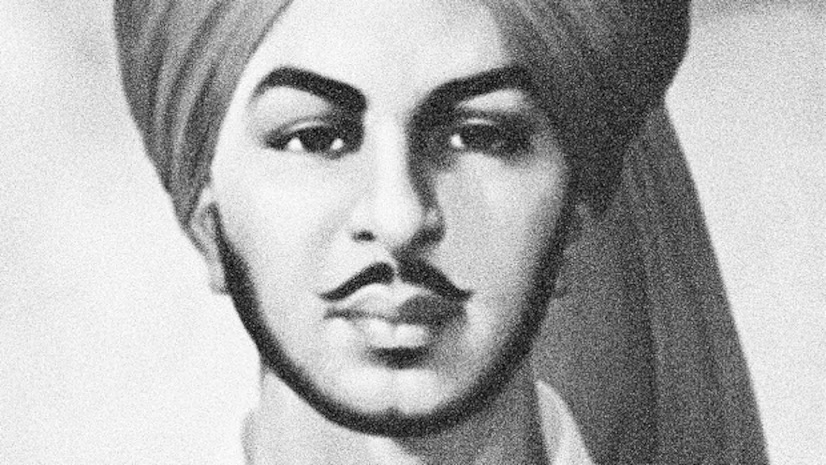
One of India’s greatest revolutionaries, Bhagat Singh’s bravery, principles, and selfless acts ignited national patriotism. This article looks into his remarkable life with an emphasis on his contributions to the fight for freedom, his values, and his influence.
| Full Name : | Bhagat Singh Sandhu |
| Born : | September 28, 1907, Punjab |
| Parents : | Kishan Singh & Vidyavati Kaur |
| Education : | National College, Lahore |
| Movement : | Indian Freedom Struggle |
| Slogan : | “Inquilab Zindabad” |
| Martyrdom : | March 23, 1931 (Age 23) |
| Legacy : | Revolutionary Hero of India |
Age
On September 28, 1907. Bhagat Singh was born in Banga, Punjab, which is today in Pakistan. On March 23, 1931, he accepted martyrdom at the young age of 23, leaving a lasting legacy.
Early Life
Bhagat Singh was brought up in a family with revolutionary ideology as he belonged to a patriot Sikh family. At a young age, Bhagat Singh was made conscious of nationalism due to his father Kishan Singh and his uncle Ajit Singh who actively took part in the Indian struggle for independence.
Education
Bhagat Singh was a student of Dayanand Anglo–Vedic High School in Lahore in his early education. He was inclined towards history and literature. In National College in Lahore, he found the socialist ideas and knowledge of European revolutions, which would act as a formative attitude in the near future.
Family Background
Kishan Singh Sandhu and Vidyavati Kaur had seven children, and Bhagat Singh was one of them. His determination to sacrifice his life for India’s freedom was influenced by how much his family was involved in the struggle for independence.
Protest Against Injustice
Witnessing the Jallianwala Bagh slaughter in 1919 and Lala Lajpat Rai’s death in 1928 marked a turning point in Bhagat Singh’s life. Rai died after being viciously attacked at a demonstration against the Simon Commission. Bhagat Singh, Rajguru, and Chandrashekhar Azad killed British policeman John Saunders in retaliation for Rai’s passing.
Lahore Conspiracy Case
One of Bhagat Singh’s most prominent acts of defiance is the 1929 bombing of Delhi’s Central Legislative Assembly. He and Batukeshwar Dutt threw grenades inside the assembly protesting against the tough colonial laws imposed on Indians. They did it knowing they would be arrested; their message could then spread throughout the world. This led to the famous Lahore Conspiracy Case in which Bhagat Singh used the court as a platform to talk about independence and socialism.
Ideas and Writings
As a visionary, Bhagat Singh’s principles were timeless. He held the following beliefs:
- Socialism: Promoting an exploitative, classless society.
- Atheism: He argued against blind trust in his article “Why I Am an Atheist.”
- Revolutionary nationalism: Stressing that the working class and underprivileged groups should be empowered by independence.
Martyrdom
Because of his revolutionary actions, Bhagat Singh, Rajguru, and Sukhdev were killed in Lahore Jail on March 23, 1931. Indians came together in their opposition to British authority after their hanging, which provoked protests across the country.
Net Worth
Even though Bhagat Singh did not own any financial money, he has been an essential figure in the history of India because of the huge contributions towards the freedom of the country. His true “net worth” is the everlasting impact he gave to justice and patriotism.
Impact
Generations have continued to be inspired by Bhagat Singh’s sacrifice:
- Youth Awakening: His principles inspired young Indians to take up the cause of independence.
- Innovative Ideas: Bhagat Singh’s focus on secularism and socialism shaped India’s post-independence policy.
- His cultural legacy includes his continued prominence in Indian literature, film, and independence warrior memorials.

